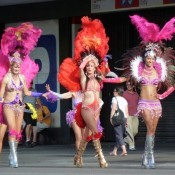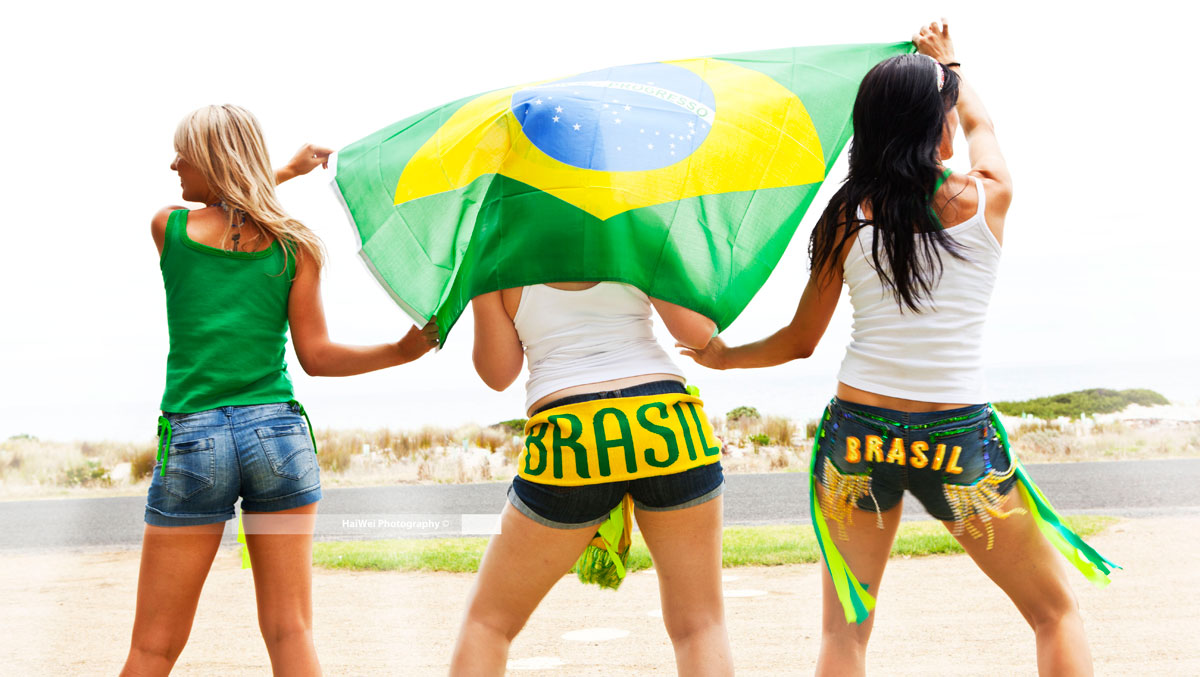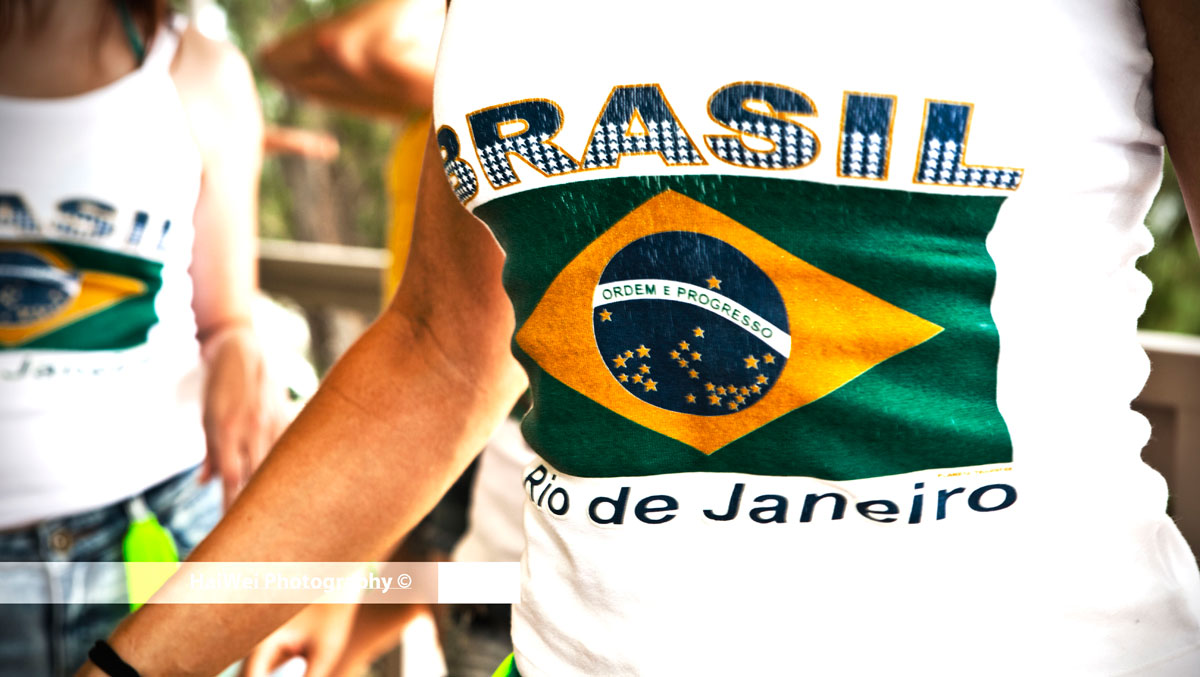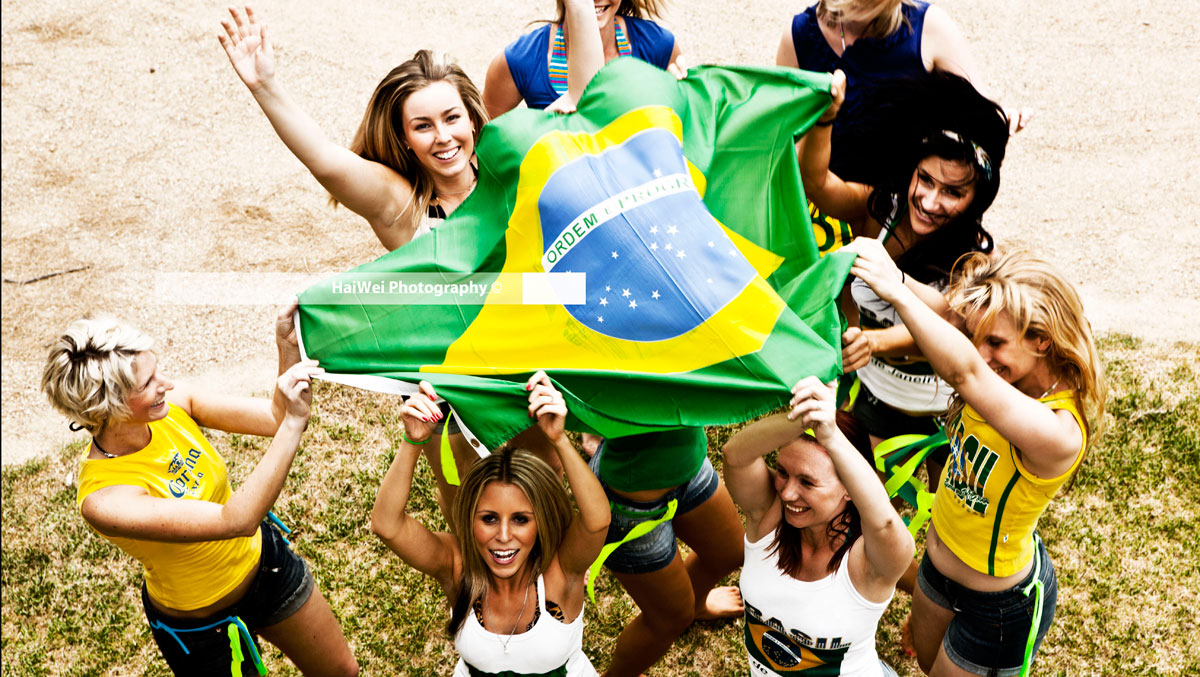
Brazilians are among the most musical people on the planet, and music is undoubtedly the most highly developed art form in their country. Perhaps because of its African roots, Brazilian music is a collective community act, a festa, a celebration, and is virtually inseparable from dancing. Genres such as pagode, samba, frevo, forró and lambada all have their corresponding dances.
Tudo dá samba: everything end up with samba. The heart and soul of Brazilian music is samba; all other styles that originated in Brazil can be traced back to it’s vibrant sound. This most popular Brazilian rhythm originated among Black Bahians in Rio de Janeiro and was probably first performed at the Rio Carnaval in 1917, though its roots go back much further. It’s intimately linked with African rhythms, notably the Angolan tam-tam, which provided the basis for samba’s music and distinctive dance steps. Samba caught on quickly after the advent of radio and records, and has since become a national symbol. It is the music of the masses and is appreciated worldwide. It’s a fun and playful rhythm, made with a binary time and a syncopated rhythm and it’s on the top of this basic form that all types of samba are formulated.
Shaped by the mixing of varied influences from three continents, Brazilian popular music has always been characterised by great diversity. The Samba Canção (samba song), for example, is a mixture of Spanish bolero with the cadences and rhythms of African music. Samba’s origin combines three different cultures: The Portuguese songs, African rhythms, and the fast paced Indian rituals. Originally it was played only with percussion instruments, and later it was added to many styles using acoustic guitar and the ‘cavaquinho’ (small guitar).
The 1930s are known as the Golden Age of Samba. By then, Samba Canção had also evolved, performed by small groups with European Melodies laid over the African percussion – as had Choro, a romantic, improvised, samba-related music with the small four-string cavaquinho (a relative of the ukulele) or guitar playing off against a recorder or flute.
Samba was pushed out of favour by other styles in the 1950s, 60s and early 70s.
Then Pagode – informal, backyard-party samba, the kind of music that can be made by a four-stringed cavanquinho and a few informal percussion instruments – emerged in Rio. Its relaxed rhythmic and melodic and enjoys widespread popularity.
This is a non partnered class designed to build dance confidence as well as doubling as a fantastic fitness workout. Get ready to swing those hips and shake ya booty to the Batucada beats. Let’s Samba!!




